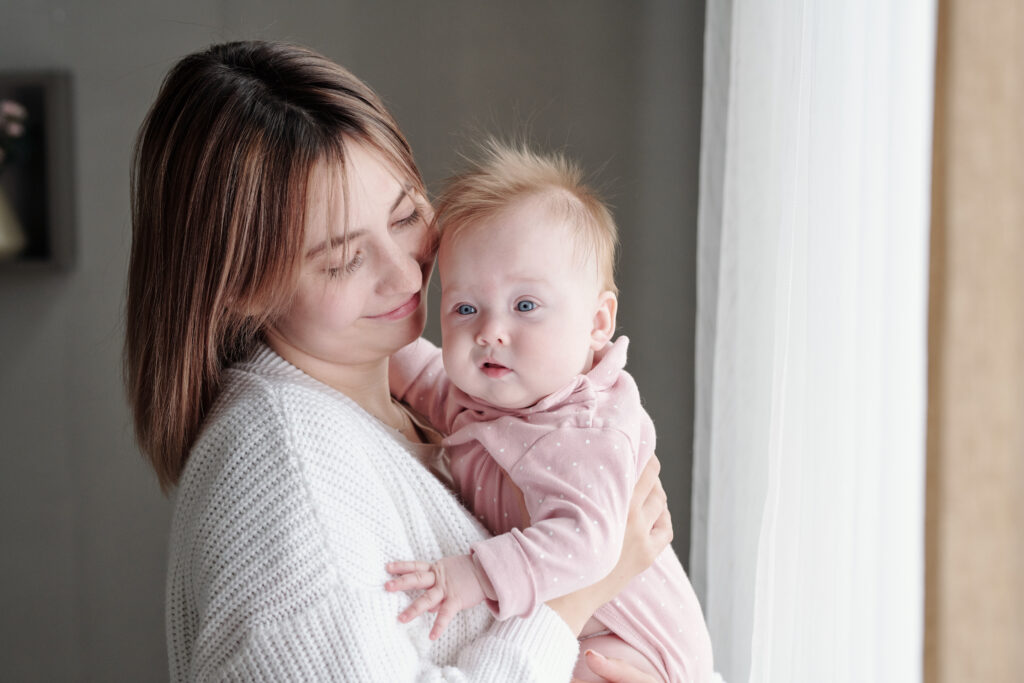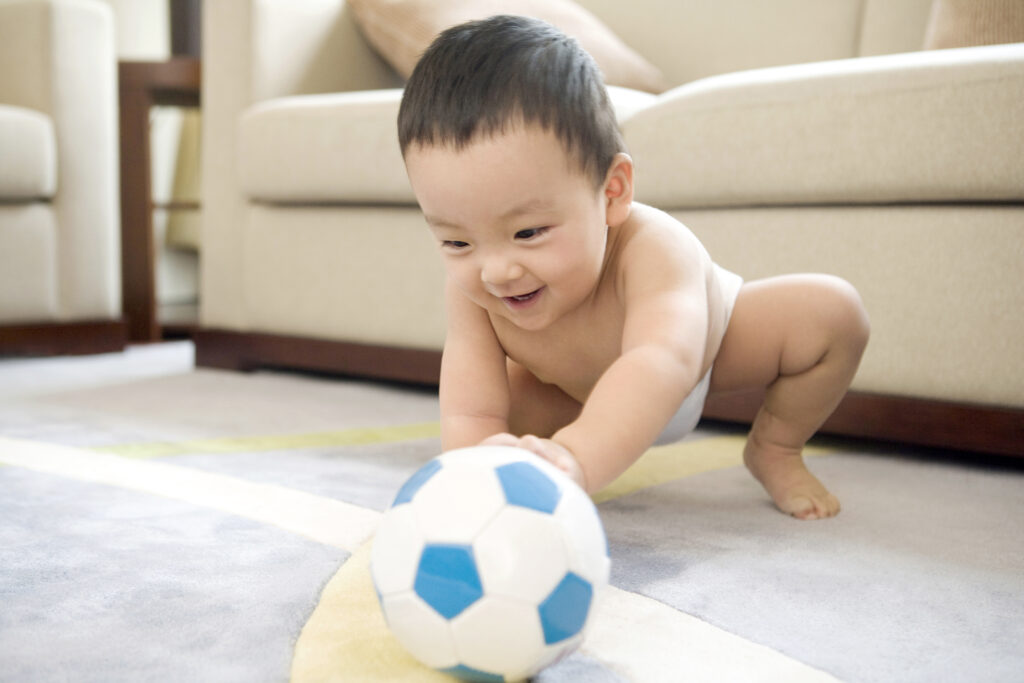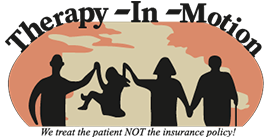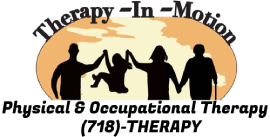
Physical Therapy for Infant Torticollis: Relieve Symptoms and Heal Your Baby
By: Dr. Abe Kopolovich, DPT, MBA

Infant torticollis, also known as wry neck or twisted neck, is a condition in which a baby’s neck muscles are tight and they have difficulty turning their head due to the baby’s position in the womb or after a difficult childbirth.
It can be upsetting to see that your baby has a tilted head or trouble turning his or her neck. But there’s no need to fret: this condition affects about 3 in every 100 infants and most babies don’t feel any pain from torticollis.
It usually gets better with physical therapy, which includes simple position changes or stretching done at home. Keep reading to learn more about this condition and how to treat it with physical therapy exercises for infant torticollis.
What Causes Infant Torticollis?
Torticollis in infants is fairly common. Boys and girls are equally likely to develop the head tilt. It can be present at birth or take up to 3 months to happen.
There are several potential causes of infant torticollis. It might happen if a fetus is cramped inside the uterus or in an unusual position (such as being in the breech position, where the baby’s buttocks face the birth canal). The use of forceps or vacuum devices to deliver a baby during childbirth also makes a baby more likely to develop it. In some cases, the cause of the condition is unknown.
What Are Some Infant Torticollis Symptoms?

An infant with torticollis will act like most other babies except when it comes to activities that involve turning. A baby with torticollis might:
- tilt the head in one direction (this can be hard to notice in very young infants),
- prefer looking at you over one shoulder instead of turning to follow you with his or her eyes,
- if breastfed, have trouble breastfeeding on one side (or prefers one breast only),
- work hard to turn toward you and get frustrated when unable turn his or her head completely.
Some infants with torticollis develop a flat head (positional plagiocephaly) on one or both sides from lying in one direction all the time. Some might develop a small neck lump or bump, which is similar to a “knot” in a tense muscle. Both of these conditions tend to go away as the torticollis gets better.
If left untreated, infant torticollis can lead to developmental delays and an asymmetrical head shape. However, with early intervention and proper treatment, most babies recover fully from this condition.
How to Treat Infant Torticollis with Physical Therapy?
The first step in treating infant torticollis with physical therapy is to stretch and strengthen the affected neck muscles. Some common exercises for infant torticollis include:
- Gentle neck stretches: The physical therapist will gently stretch the baby’s neck muscles in the direction opposite to the tilt, encouraging them to turn their head to the other side. You can do this on your own as well: when your baby wants to eat, offer the bottle or your breast in a way that encourages your baby to turn away from the favored side.
- Tummy time: Encouraging the baby to spend time on their stomach can help to strengthen their neck muscles and reduce the risk of developing a flat head.
- Playtime activities: The physical therapist may recommend specific playtime activities that encourage the baby to turn their head to both sides, such as drawing your baby’s attention with toys and sounds to make him or her turn in both directions.
- Massage: Gentle massage of the affected neck muscles can help to relieve tension and promote relaxation.
- Repositioning: When putting your baby down to sleep, position them to face the wall. Since babies prefer to look out onto the room, your baby will actively turn away from the wall and this will stretch the tightened muscles of the neck. Remember — always put babies down to sleep on their back to prevent flat head syndrome.
In addition to these exercises for infant torticollis, the physical therapist may also recommend the use of special equipment, such as a neck brace, to help support the baby’s head and encourage proper alignment.

IMPORTANT NOTE: The success of physical therapy for infant torticollis depends largely on consistent and frequent practice of the exercises at home. Parents and caregivers play a crucial role in the treatment process by following the physical therapist’s recommendations and engaging in regular stretching and strengthening exercises with the baby.
If you suspect that your infant may have torticollis, start their healing process with Dr. Abe and the team of Therapy in Motion. Contact us now and learn how to best help your baby!



